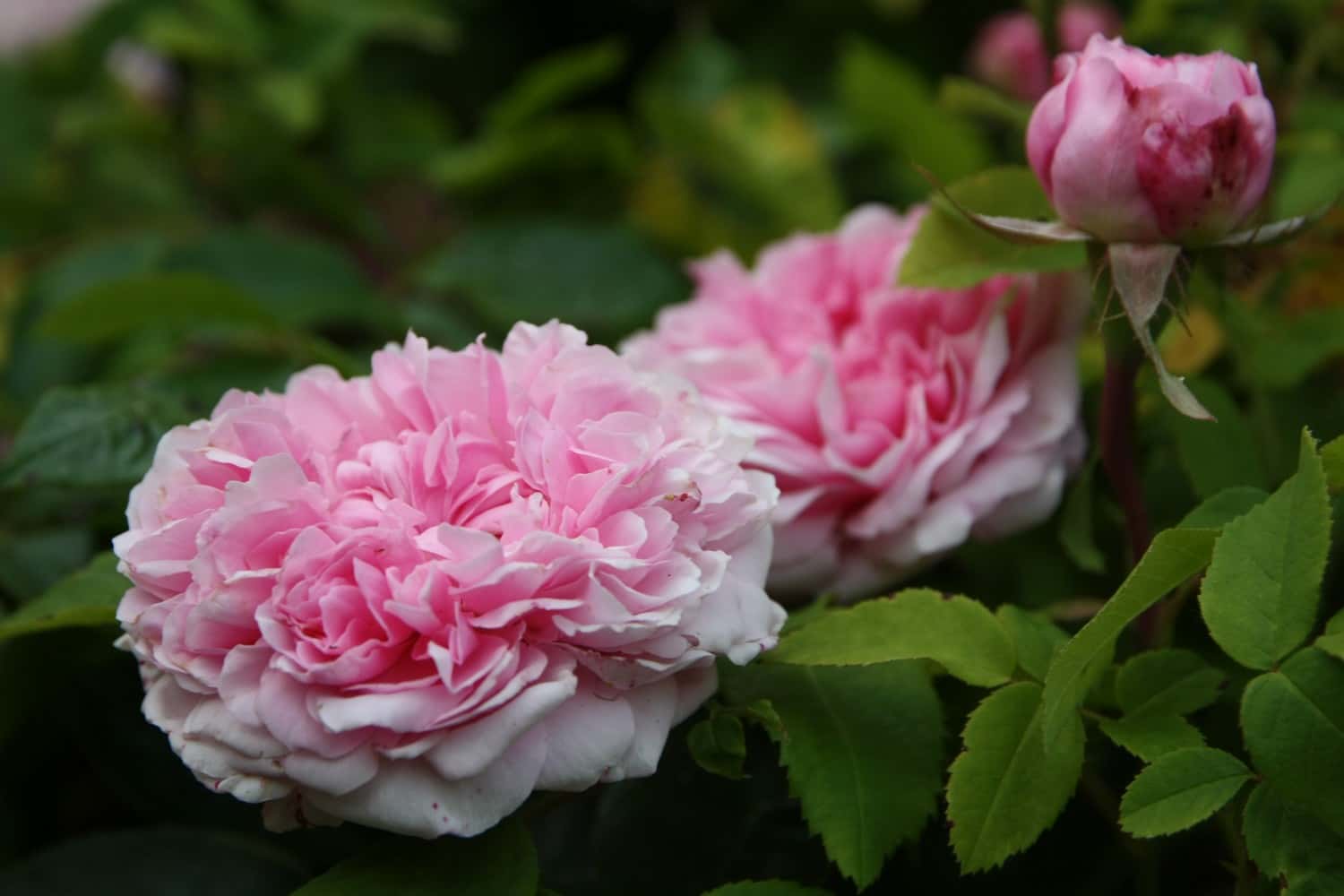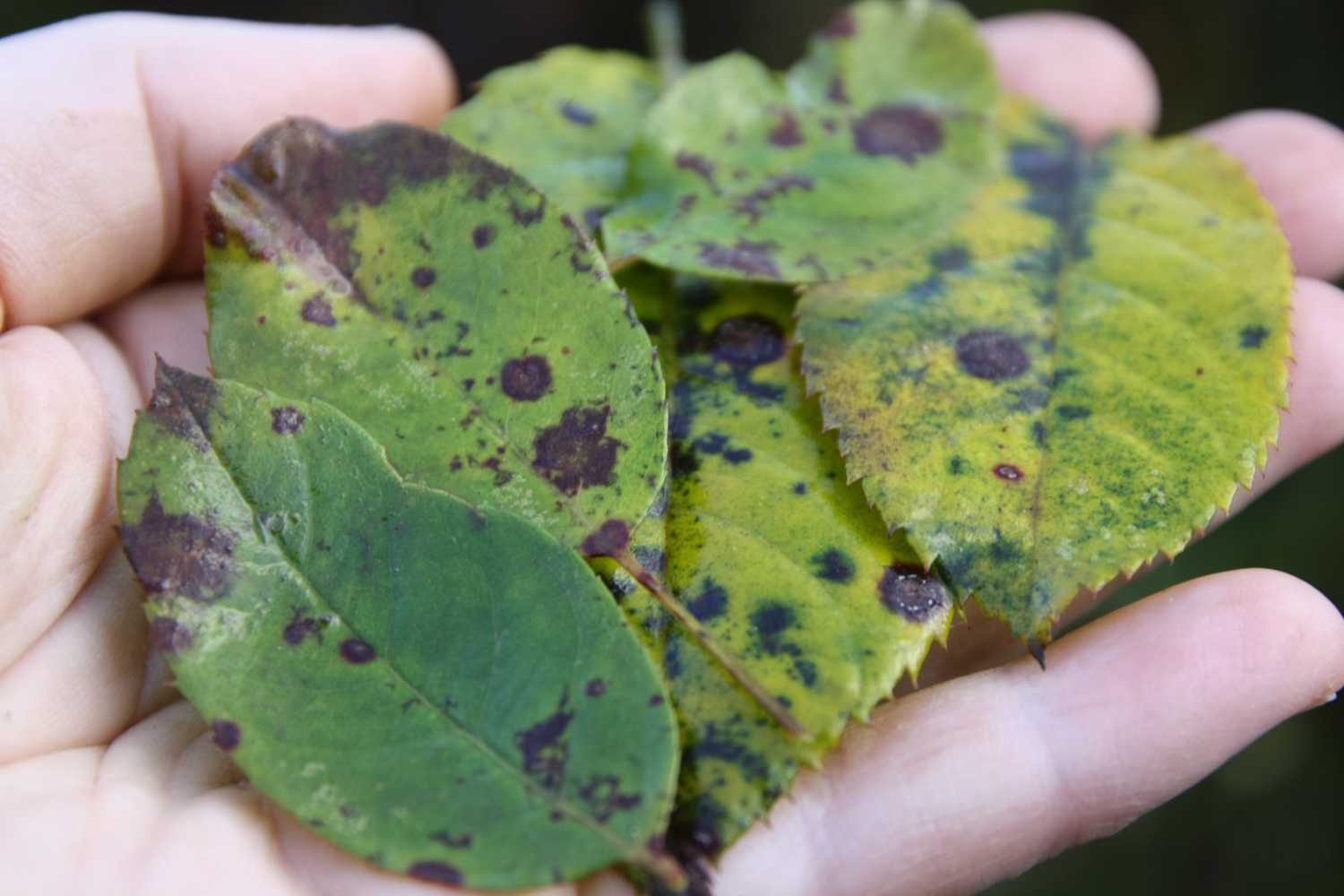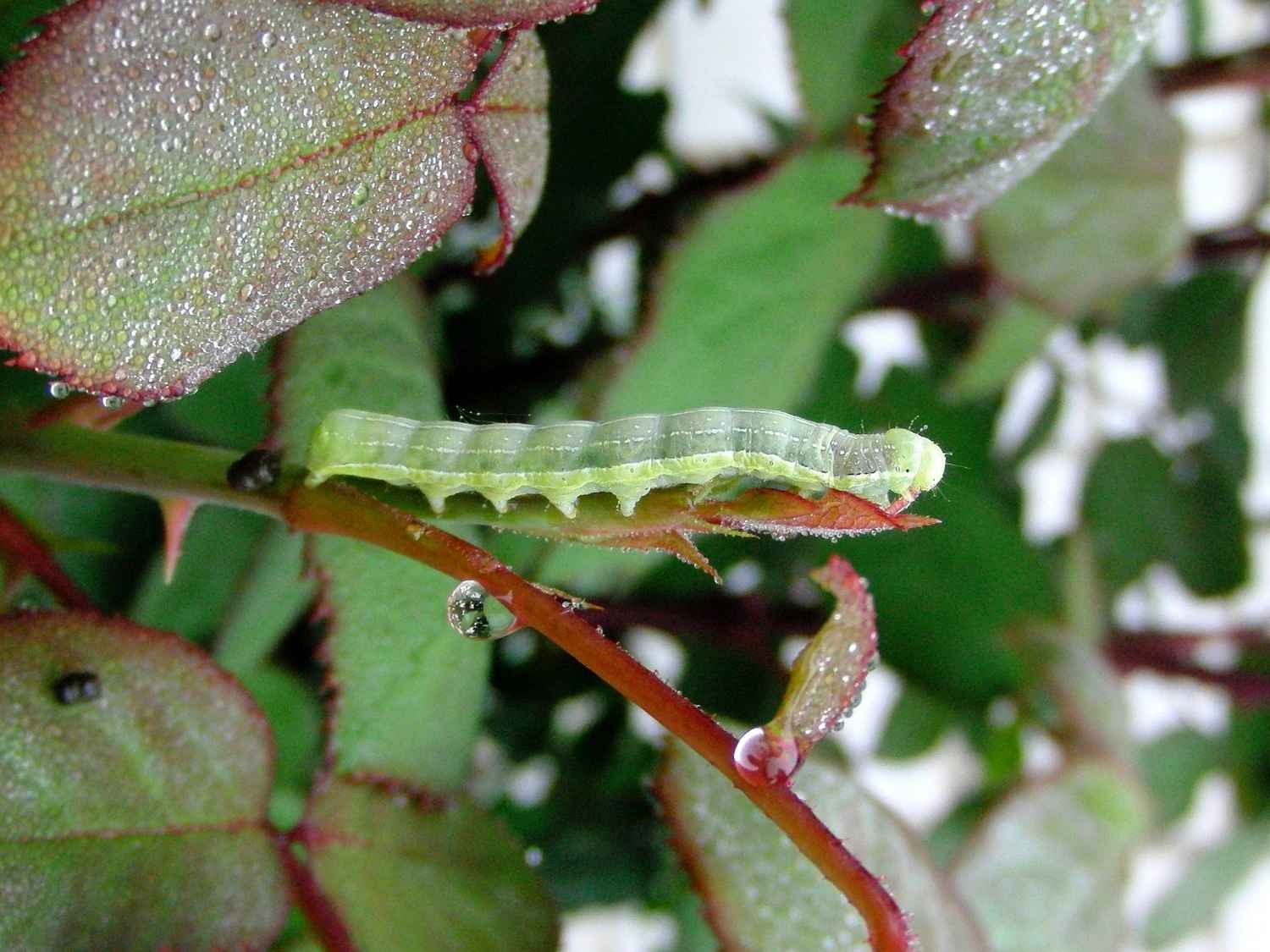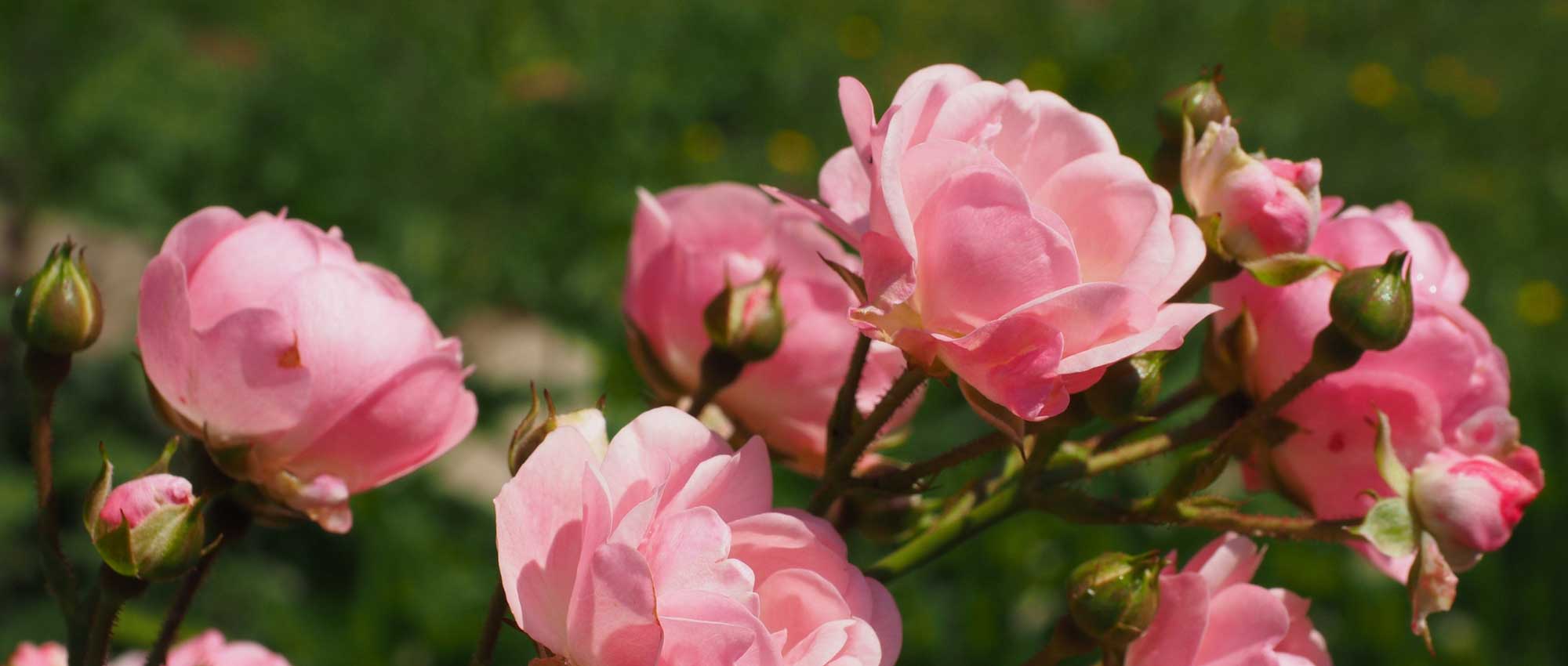

Rosa floribunda Origami - Floribunda Rose
Rosa floribunda Origami - Floribunda Rose
Rosa 'Meimozahiq' ORIGAMI®
Floribunda Rose
Special offer!
Receive a €20 voucher for any order over €90 (excluding delivery costs, credit notes, and plastic-free options)!
1- Add your favorite plants to your cart.
2- Once you have reached €90, confirm your order (you can even choose the delivery date!).
3- As soon as your order is shipped, you will receive an email containing your voucher code, valid for 3 months (90 days).
Your voucher is unique and can only be used once, for any order with a minimum value of €20, excluding delivery costs.
Can be combined with other current offers, non-divisible and non-refundable.
Home or relay delivery (depending on size and destination)
Schedule delivery date,
and select date in basket
We guarantee the quality of our plants for a full growing cycle, and will replace at our expense any plant that fails to recover under normal climatic and planting conditions.

Description
The Origami® 'Meimozahiq' Cluster-flowered Rose is an original creation by Meilland evoking the precision and elegance of the Japanese art of paper folding. Its unique flowers with creamy-yellow petals finely edged with bright red resemble delicately crafted origami, offering a subtle interplay of contrasts and textures. Combined with abundant and continuous flowering from May until the first frosts, its bushy and compact habit makes it an ideal choice for refined borders, elegant edgings, and container cultivation. Easy to grow, it is highly disease-resistant and adds a graphically sophisticated touch to both classic gardens and Zen-inspired displays.
The 'Origami'® Meimozahiq Bush Rose belongs to the Rosaceae family. It is part of the floribunda rose lineage renowned for their abundant flowering in clusters and their well-balanced bushy habit. Introduced in 2010, this rose draws inspiration from the Japanese art of paper folding, evoking the elegance and meticulousness of traditional origami. Its compact and well-structured habit reaches 70 to 80 cm in height and 40 to 50 cm in width. Its deciduous dark green, dense, and glossy foliage highlights the delicacy of its flowers and enhances their graphic effect. This foliage falls in winter, making way for vigorous new growth in spring. What makes the Origami® unique is its star-shaped flowers with creamy-white petals finely edged with bright red. Each petal of 9 cm in diameter and 41 petals appears sculpted with artistic precision, creating an sense of depth and dimension. This subtle chromatic combination where light and dark interplay in contrasting tones recalls the delicate folds of traditional origami. From spring until the first frosts, this continuous flowering renews itself tirelessly, bringing a touch of serenity and refinement to the garden. Like most floribunda roses, it has thorny stems. Easy to grow, this rose is highly disease-resistant and adapts to a wide variety of soils.
With its compact habit and graphic flowers in refined hues, the Origami® 'Meimozahiq' rose will equally find its place in a structured border, Japanese-inspired garden, or elegant edging. Its subtle contrast between cream-white and bright red blends harmoniously with soft or complementary-toned flowers. Paired with a Peony ‘Coral Charm’ whose large semi-double flowers transition from coral to cream over time, it will creates a refined display with evolving shades. At its base, a Heuchera ‘Fire Chief’ with its luminous purple foliage, will accentuates its habit while adding a colourful depth that highlights its bicoloured petals. For a more airy combination, Japanese Anemones ‘Honorine Jobert’ with their delicate white corollas will bring a lightness that contrasts with the geometric rigour of its roses.
Plant habit
Flowering
Foliage
Botanical data
Rosa
'Meimozahiq' ORIGAMI®
Rosaceae
Floribunda Rose
Rosa ORIGAMI
Cultivar or hybrid
Planting and care
To plant your Origami rose, prepare the soil by digging a 25 cm cube, breaking up the earth well and adding a base fertiliser such as dried blood or dehydrated horn at the bottom of the planting hole. Position your plant after removing it from its pot, covering the top of the root ball with 3 cm of soil. Backfill and water thoroughly to eliminate any air pockets. In dry weather, water regularly for a few weeks to encourage root establishment. Also consider feeding your rose with a special rose fertiliser to stimulate flowering.
Roses often develop spots or look unsightly by late summer, but this does not affect their growth. These spots are not harmful to the plant; it's a natural phenomenon. Follow all our advice to address this issue and read our article: Help: My Roses Have Spots
Planting period
Intended location
Care
Planting & care advice
This item has not been reviewed yet - be the first to leave a review about it.
Haven't found what you were looking for?
Hardiness is the lowest winter temperature a plant can endure without suffering serious damage or even dying. However, hardiness is affected by location (a sheltered area, such as a patio), protection (winter cover) and soil type (hardiness is improved by well-drained soil).

Photo Sharing Terms & Conditions
In order to encourage gardeners to interact and share their experiences, Promesse de fleurs offers various media enabling content to be uploaded onto its Site - in particular via the ‘Photo sharing’ module.
The User agrees to refrain from:
- Posting any content that is illegal, prejudicial, insulting, racist, inciteful to hatred, revisionist, contrary to public decency, that infringes on privacy or on the privacy rights of third parties, in particular the publicity rights of persons and goods, intellectual property rights, or the right to privacy.
- Submitting content on behalf of a third party;
- Impersonate the identity of a third party and/or publish any personal information about a third party;
In general, the User undertakes to refrain from any unethical behaviour.
All Content (in particular text, comments, files, images, photos, videos, creative works, etc.), which may be subject to property or intellectual property rights, image or other private rights, shall remain the property of the User, subject to the limited rights granted by the terms of the licence granted by Promesse de fleurs as stated below. Users are at liberty to publish or not to publish such Content on the Site, notably via the ‘Photo Sharing’ facility, and accept that this Content shall be made public and freely accessible, notably on the Internet.
Users further acknowledge, undertake to have ,and guarantee that they hold all necessary rights and permissions to publish such material on the Site, in particular with regard to the legislation in force pertaining to any privacy, property, intellectual property, image, or contractual rights, or rights of any other nature. By publishing such Content on the Site, Users acknowledge accepting full liability as publishers of the Content within the meaning of the law, and grant Promesse de fleurs, free of charge, an inclusive, worldwide licence for the said Content for the entire duration of its publication, including all reproduction, representation, up/downloading, displaying, performing, transmission, and storage rights.
Users also grant permission for their name to be linked to the Content and accept that this link may not always be made available.
By engaging in posting material, Users consent to their Content becoming automatically accessible on the Internet, in particular on other sites and/or blogs and/or web pages of the Promesse de fleurs site, including in particular social pages and the Promesse de fleurs catalogue.
Users may secure the removal of entrusted content free of charge by issuing a simple request via our contact form.
The flowering period indicated on our website applies to countries and regions located in USDA zone 8 (France, the United Kingdom, Ireland, the Netherlands, etc.)
It will vary according to where you live:
- In zones 9 to 10 (Italy, Spain, Greece, etc.), flowering will occur about 2 to 4 weeks earlier.
- In zones 6 to 7 (Germany, Poland, Slovenia, and lower mountainous regions), flowering will be delayed by 2 to 3 weeks.
- In zone 5 (Central Europe, Scandinavia), blooming will be delayed by 3 to 5 weeks.
In temperate climates, pruning of spring-flowering shrubs (forsythia, spireas, etc.) should be done just after flowering.
Pruning of summer-flowering shrubs (Indian Lilac, Perovskia, etc.) can be done in winter or spring.
In cold regions as well as with frost-sensitive plants, avoid pruning too early when severe frosts may still occur.
The planting period indicated on our website applies to countries and regions located in USDA zone 8 (France, United Kingdom, Ireland, Netherlands).
It will vary according to where you live:
- In Mediterranean zones (Marseille, Madrid, Milan, etc.), autumn and winter are the best planting periods.
- In continental zones (Strasbourg, Munich, Vienna, etc.), delay planting by 2 to 3 weeks in spring and bring it forward by 2 to 4 weeks in autumn.
- In mountainous regions (the Alps, Pyrenees, Carpathians, etc.), it is best to plant in late spring (May-June) or late summer (August-September).
The harvesting period indicated on our website applies to countries and regions in USDA zone 8 (France, England, Ireland, the Netherlands).
In colder areas (Scandinavia, Poland, Austria...) fruit and vegetable harvests are likely to be delayed by 3-4 weeks.
In warmer areas (Italy, Spain, Greece, etc.), harvesting will probably take place earlier, depending on weather conditions.
The sowing periods indicated on our website apply to countries and regions within USDA Zone 8 (France, UK, Ireland, Netherlands).
In colder areas (Scandinavia, Poland, Austria...), delay any outdoor sowing by 3-4 weeks, or sow under glass.
In warmer climes (Italy, Spain, Greece, etc.), bring outdoor sowing forward by a few weeks.








































